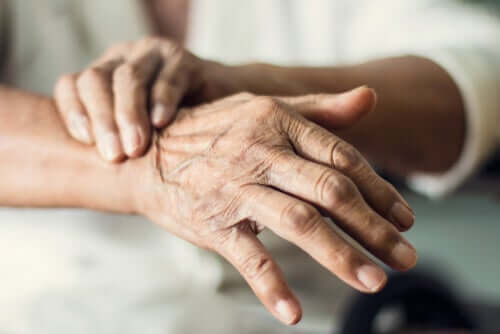Extrapyramidal syndrome is a motor disorder produced primarily as an adverse reaction to treatment with antipsychotic drugs. A motor disorder triggered by an injury to the extrapyramidal system, formed by the central gray nuclei of the brain, including the gray nuclei and their pathways and connections. .
The extrapyramidal system is responsible for controlling voluntary movements and muscle tone, as well as producing automatic, instinctive and learned movements, so in the face of a problem in this system there are problems of movement, tone and posture.
- The clearest example of extrapyramidal disease is Parkinson’s disease; in fact.
- To define extrapyramidal syndrome.
- We’re talking about Parkinson’s symptoms.
Extrapyramidal syndrome occurs primarily as an adverse reaction to treatment with antipsychotic drugs, although it can also occur due to injury in certain areas of the brain. The main cause is the lack of regulation of dopamine, the neurotransmitter of the body’s motor function.
Antipsychotic or neuroleptic drugs primarily block D2 dopamine receptors to control the increased activation of dopamine pathways that occurs in psychosis; by blocking dopamine receptors, they cause changes in the motor skills we call extrapyramidal syndrome.
Typical antipsychotics cause the most extrapyramidal symptoms. In fact, atypicals have appeared to prevent this side effect so often. The most common drugs that can cause this syndrome are, for example, haloperidol and chlorpromazine.
The main symptoms of extrapyramidal syndrome are
In addition, there are many other associated motor symptoms that characterize this syndrome, some of them are, for example:
Generally, when rapid intervention is required, treatment of extrapyramidal syndrome is performed with anticholinergic and dopaminergic drugs.
However, in most cases the priority is to discontinue drugs that cause this adverse effect, in the case of treatment with typical antipsychotics, it is normal to try to replace them with others with fewer side effects, such as atypical antipsychotics.
However, to avoid the onset of extrapyramidal syndrome during antipsychotic treatment, careful monitoring of administered doses is necessary, as well as strict monitoring of reactions that may occur to act quickly and avoid complications.
When it comes to the treatment of muscle stiffness and motor disturbances, especially when they have been caused or derived from brain damage in the extrapyramidal pathways, physiotherapy is a specialty that plays a very important role, its contribution, in relation to the rehabilitation of the patient, has enormous value: what we will try to do is improve the quality of life of the person.

